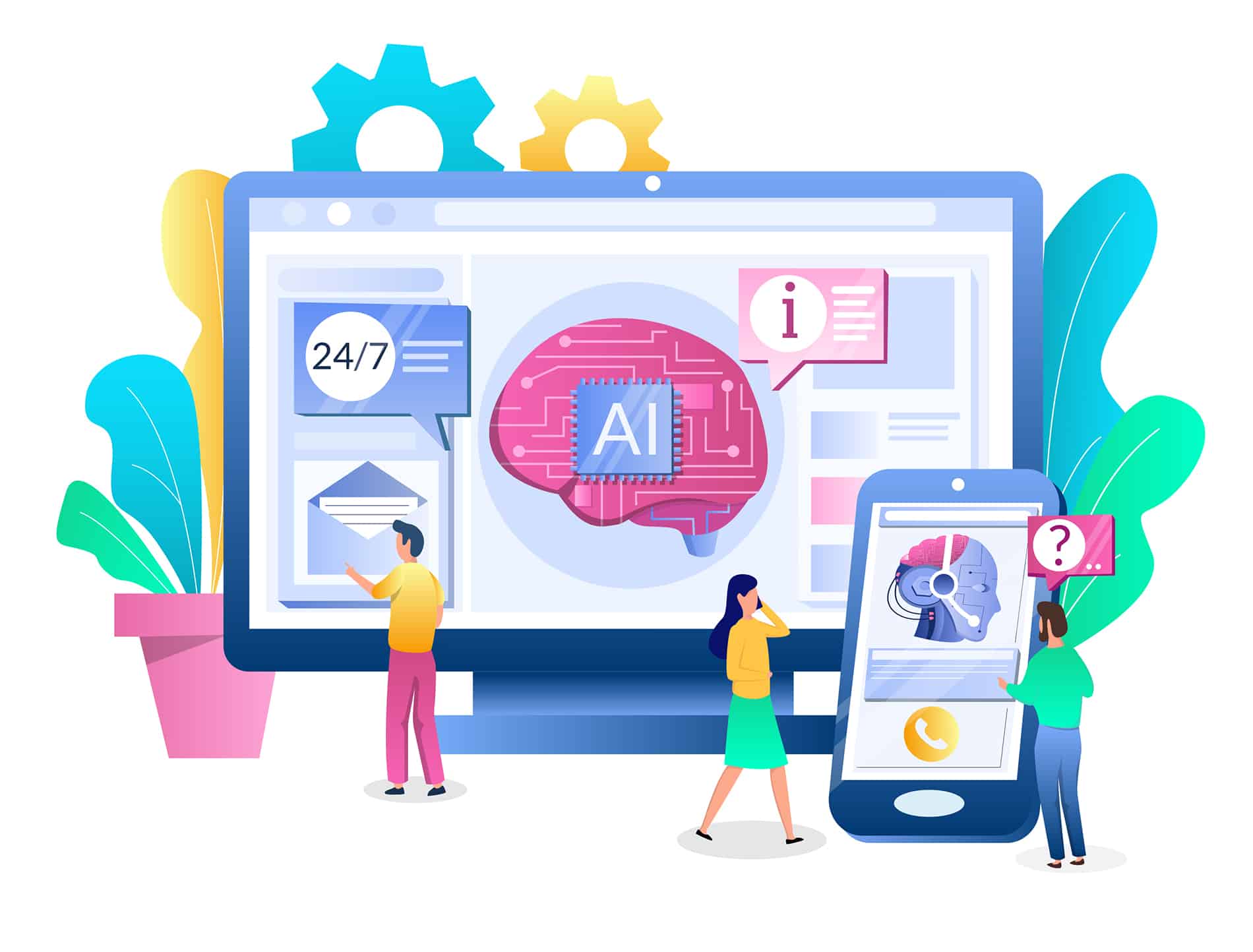In an effort to understand the emerging challenges facing IT in K-12 school districts, TeamDynamix conducted a pulse study, in conjunction with Kaseya, to evaluate IT organizational maturity. The study included 103 participants from districts ranging in size from under 5,000 students to well over 50,000. The purpose of the study is to understand the unique and specific opportunities, requirements, and obstacles facing IT in K-12 education.
Among survey participants, almost half (45%) cited resource constraints as their top challenge as they looked ahead to 2018. Not surprisingly, our 2017 Higher Ed pulse study revealed the same issue, where 49% of those participants also indicate a lack of resources as their biggest challenge.
While taking a holistic approach to improving IT maturity is ideal, we can also break it down into five key areas that you can apply to your specific situation and needs. And when it comes to resource optimization, the first key area to focus on—by far—is self-service.
59% of participants rank their ability to provide self-service on the low end of the IT maturity scale (levels 1 or 2), while 68% gave themselves three stars or fewer (out of 5) for their existing self-service portal. What this represents, however, is a great opportunity with a ton of upside.
This may be the best way to illustrate the net-positive impact self-service can have on your resources. According to HDI, the average cost of a level 1 support call is $22.* However, the average cost of an issue resolved via self-service is only $2—a 91% reduction per incident.* Put another way, after 1,000 support calls that could have been resolved by self-service instead, the savings alone would add up to $20,000—not too shabby!
It’s more than just a matter of dollars and cents, though. Through self-service, students, parents, teachers, and staff are treated to a much higher level of customer service—and therefore customer satisfaction—in three ways. First, they’re able to quickly and easily find answers to common issues (e.g., Wi-Fi passwords, etc.) online service request forms, and so on. Second, your help desk staff will be able to focus more of their attention on the tougher cases that come in. And finally, your IT resources (budget and personnel) can be freed up to deliver new services and technologies that align with the emerging trends in EdTech, such as 1:1 classrooms, blended learning environments, virtual/augmented/mixed reality, and STEM-oriented makerspaces.
So, while there are many ways K-12 districts can improve their IT maturity, it’s clear that focusing on self-service is crucial from the standpoint of resource optimization. Stay tuned for future blogs that shed some light on the four other areas K-12 districts should also focus on to improve their IT maturity.
The TDX 2018 K-12 Pulse Study is now available and you can get your copy here!
Source: https://www.thinkhdi.com/library/supportworld/2017/metric-of-month-first-level-resolution-rate.aspx

